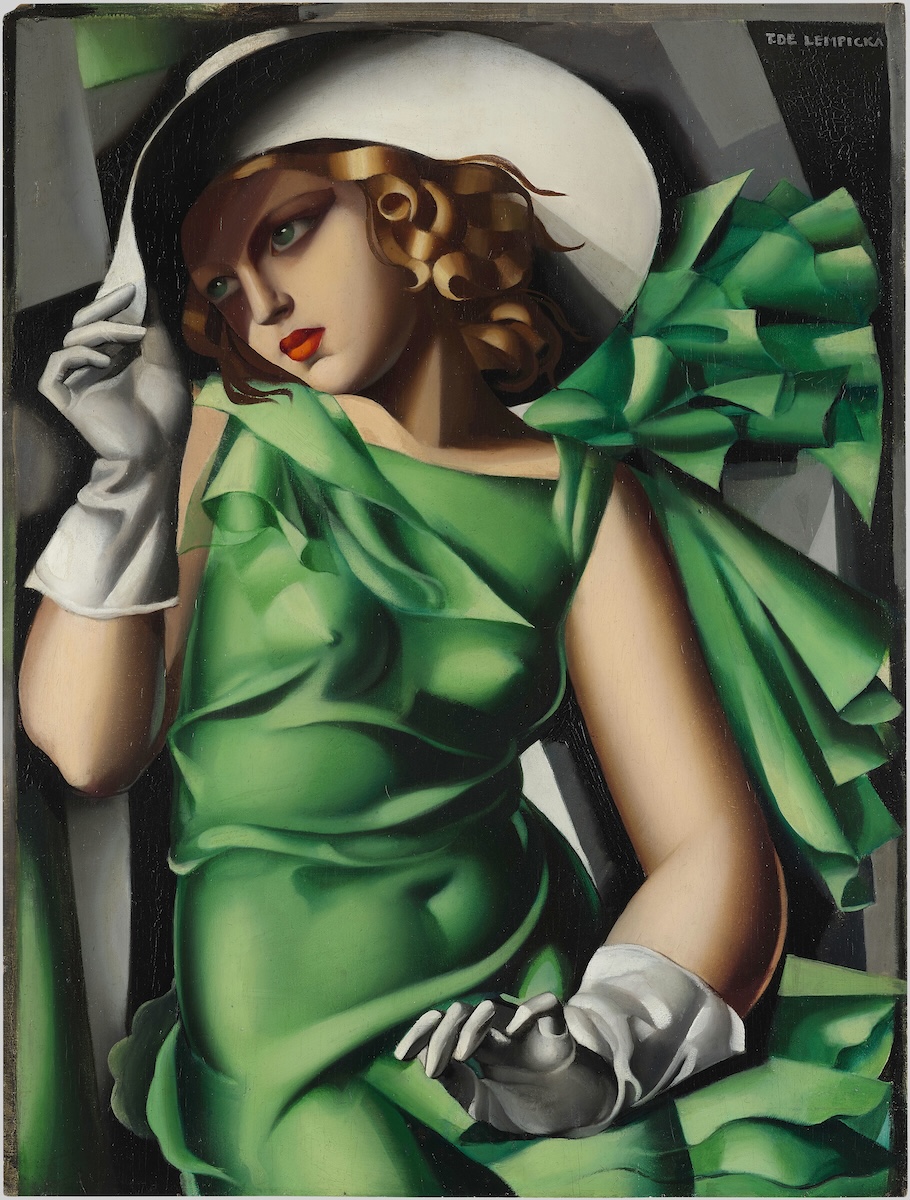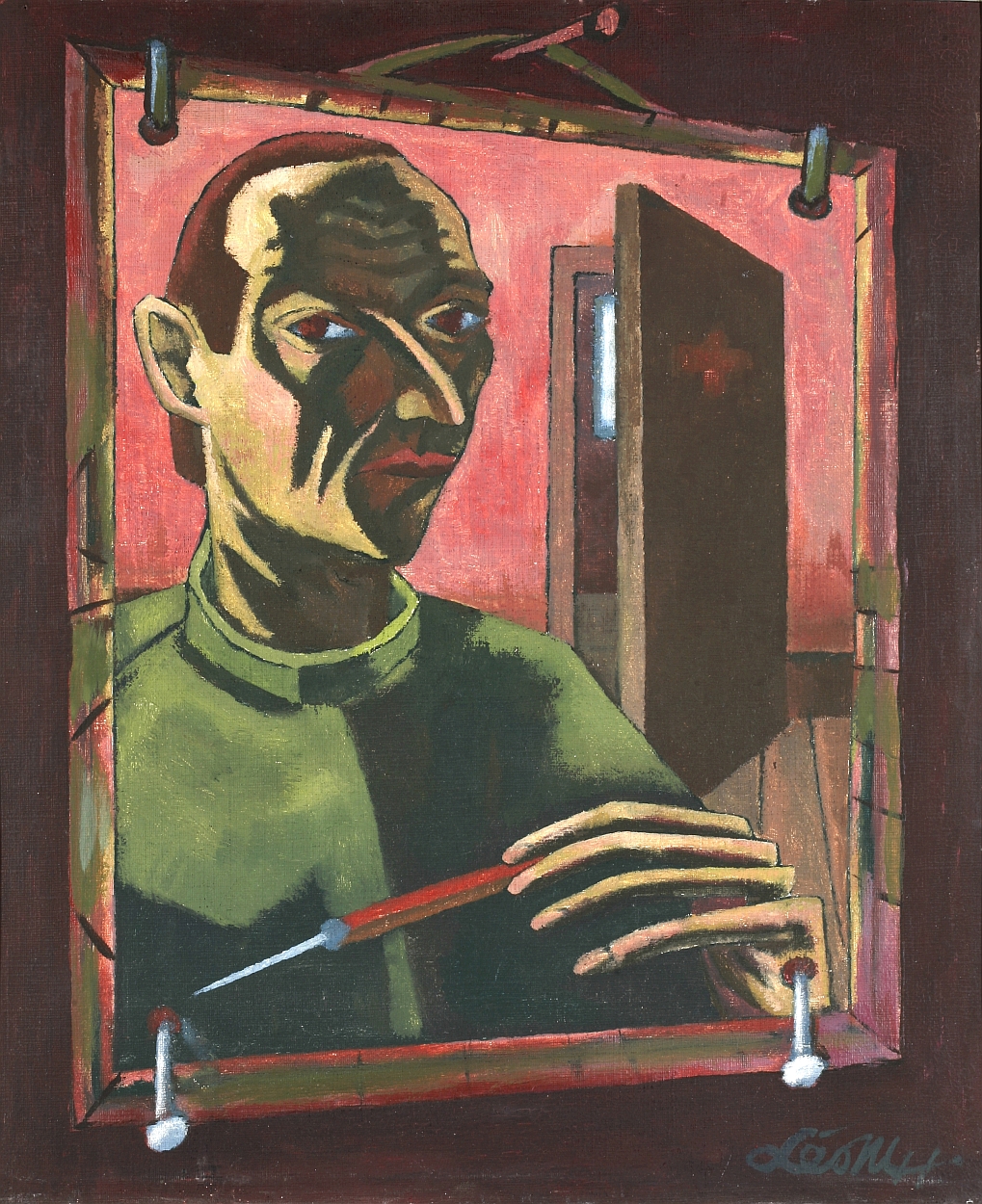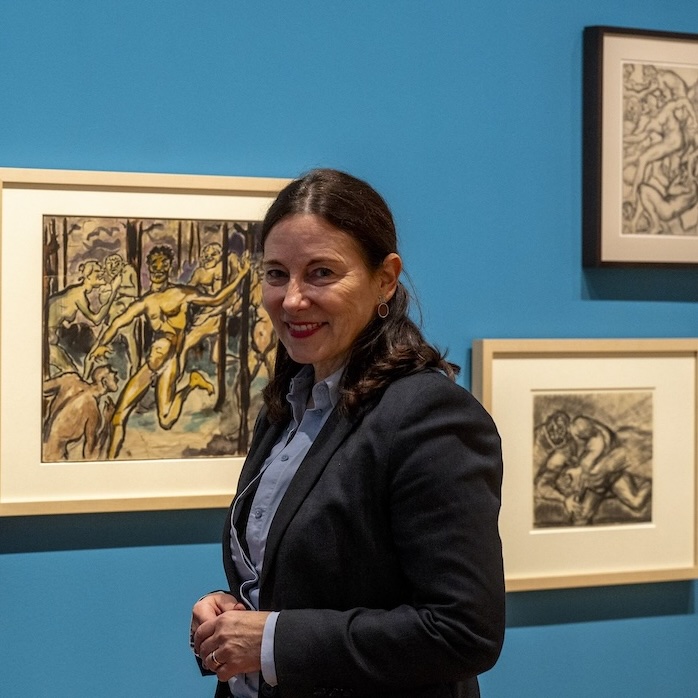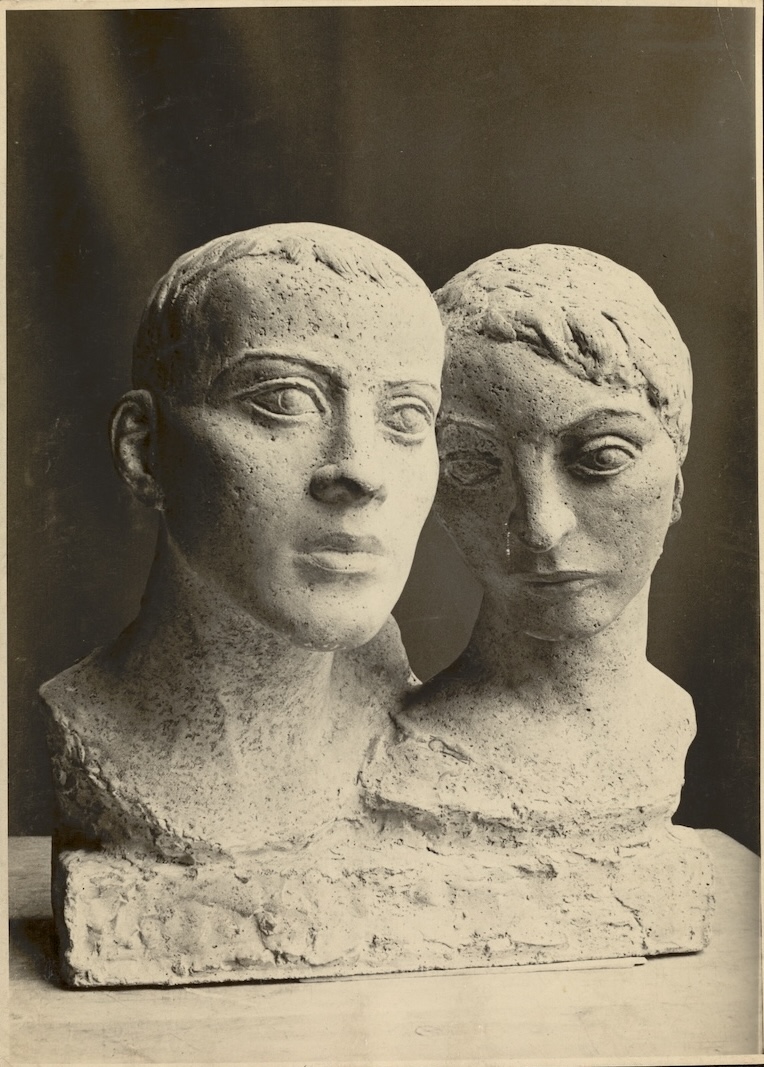Rachel Stern2025-06-23T04:46:38-04:00June 23rd, 2025|Newsletter|
Dear Friends, Art has the power to enlighten, uplift, and help us recognize our common humanity even when confronted by inhumanity. At FAS, we are constantly inspired by the artwork created by people who were persecuted for their identity or for their art by the German National Socialists and their European Allies 1933-1945. Learning about the strength and resilience of the artists and the moral and ethic values of those who refused to be perpetrators or bystanders helps guide our reflections and actions today. In our 2024 program report you can find out more about our work: PROGRAM REPORT 2024 Five more days in our fundraising campaign to ensure our virtual programming! Every donation will be [...]
Rachel Stern2025-04-29T10:30:15-04:00April 29th, 2025|Newsletter|
Dear Friends, May is the month during which we celebrate the fifth anniversary of our virtual event series "Flight or Fight. stories of artists under repression." You can now find about 150 artist videos on our YouTube channel @fritzaschersociety! Throughout this month, we ask you to donate to the Fritz Ascher Society to enable us to continue this important virtual program, which brings artists to a global audience, who are not widely known because they were persecuted or murdered by the German Nazis. We need to raise $10,000.00 to ensure the continuation of this program. And I am happy to announce that every donation made this month will be matched dollar-for-dollar until we reach that amount, so please: [...]
Rachel Stern2025-04-29T10:31:47-04:00April 2nd, 2025|Newsletter|
Dear Friends, Spring is here, with the energy of renewal and growth and blossoming trees, plants and flowers. Holidays abound, and we honor Yom HaShoah, Holocaust Remembrance Day. We have organized fabulous virtual events for you, but first I have a story with a happy ending for you, at least for the art: Pretty exactly a year ago, the reporter and writer Julie Zigoris told the story of artwork that was found on a park bench in San Francisco’s Crane Cove Park in 2022. City employees had rescued the art and found the majority of the artworks to be by the Jewish painter Ary Arcadie Lochakov (1892-1941), a member of the famed School of Paris group that includes [...]
Rachel Stern2025-04-29T10:32:39-04:00March 7th, 2025|Newsletter|
Dear Friends, During these breathtakingly turbulent times, we prepared very diverse online programs for you: we start this month by looking back at US history by discussing immigrant American artist Ben Shahn, then focus on the state of Nazi era art restitution by presenting the much disputed collection of the Jewish art dealer Alfred Flechtheim, and conclude the month with a panel discussion of curator Ori Z Soltes, poet Rabbi Ronnie Cahana, and photographer Kitra Cahana about our Portland (OR) exhibition Survival and Intimations of Immortality: The Art of Alice Lok Cahana, Rabbi Ronnie Cahana, and Kitra Cahana, which is on view until May 25. First we present the American artist, Social Realist painter, and child refugee from Tzarist-governed [...]
Rachel Stern2025-03-12T14:22:13-04:00March 6th, 2025|Events, Lectures, Past Events|
Georgetown University professor Ori Z Soltes will speak about Ben Shahn (1898-1969), who arrived in 1906 as a child to the United States from Tsarist-governed Lithuania. Four years after the Tsarist authorities had exiled his father to Siberia for alleged revolutionary activities, his mother managed to bring the family to New York. There they reconnected with Ben's father who had escaped from Siberia and made it to the US by way of South Africa. Image above: Ben Shahn, Detail of the Mural "The Meaning of Social Security," Wilbur J. Cohen Federal Building, Washington, D.C. Within 25 years Shahn emerged as perhaps the key figure in the developing arena of American Social [...]
Rachel Stern2025-02-12T07:45:33-05:00February 12th, 2025|Newsletter|
Dear Friends, February is a busy month with many interesting events in our orbit, starting with two film screenings at the JCC Manhattan, continuing with a virtual conversation with author Melvin Bukiet and a presentation of Fritz Ascher's art, and two exhibitions, of which one is closing in early March in Germany, and one just opened in Portland, Oregon. Please join us at the JCC Manhattan for two important film screenings: Tuesday, February 4, 7:00PM ET The Return from the Other Planet, 2023 Screening followed by Q+A with director Assaf Lapid Marlene Meyerson JCC Manhattan, New York 20% off tickets with code fritz2025 Tuesday, February 11, [...]
Rachel Stern2025-01-27T07:31:46-05:00January 20th, 2025|Events, Past Events|
Please join us for the opening event! Survival and Intimations of Immortality: The Art of Alice Lok Cahana, Rabbi Ronnie Cahana, and Kitra Cahana is a unique and powerful exhibition that explores the role of art and creativity, bringing the past into the present by focusing on three generations of artists from the same family. Alice Lok Cahana (1929-2017) was a Holocaust survivor who pledged she would become an artist if she survived the war. Rabbi Ronnie Cahana, Alice’s oldest son, is a poet and survivor of a major stroke. Kitra Cahana, Ronnie’s daughter, is a filmmaker and photographer. This exhibition reveals how the tragedy of the Holocaust impacted multiple generations of a family and how each member transformed [...]
Rachel Stern2025-02-12T14:47:01-05:00January 2nd, 2025|Events, Lectures, Past Events|
Hermann Goering’s art dealer, Bruno Lohse, prospered by selling stolen art for decades after WWII, while Jewish families struggled to regain their paintings and memories. Captured and interrogated by the Monuments Men after the war, he served a brief prison sentence. After his release, he dealt profitably in stolen art for sixty years after the war, selling to collectors, galleries, and major museums. Highlighting stories of Holocaust survivors working to reclaim their families' lost artworks, Plunderer reveals the failures of post-war justice and the continuing complicity of governments and the art trade. Screening followed by Q+A with producer John Friedman. In partnership with The Fritz Ascher Society for Persecuted, Ostracized and Banned Art. Director: Hugo Macgregor Year: 2024 Runtime: [...]
Rachel Stern2024-12-18T05:55:27-05:00December 4th, 2024|Events, Lectures, Past Events|
Jutta Götzmann, exhibition curator of "Love and Betrayal," presents the artist Fritz Ascher (1893-1970) during a tour. In addition to early charcoal, graphite and ink drawings, colorful gouaches are fascinating. Poems that are considered his "unpainted pictures" and were created in secret during the National Socialist era complement the exhibition. BUY TICKETS HERE The Fritz Ascher Society is a not-for-profit 501(c)3 organization. Your donation is fully tax deductible. YOUR SUPPORT MAKES OUR WORK POSSIBLE. THANK YOU. DONATE HERE
Rachel Stern2025-05-26T08:13:33-04:00November 22nd, 2024|Exhibitions, Past Exhibitions|
Survival and Intimations of Immortality: The Art of Alice Lok Cahana, Rabbi Ronnie Cahana, and Kitra Cahana is a unique and powerful exhibition that explores the role of art and creativity, bringing the past into the present by focusing on three generations of artists from the same family. Alice Lok Cahana (1929-2017) was a Holocaust survivor who pledged she would become an artist if she survived the war. Rabbi Ronnie Cahana, Alice’s oldest son, is a poet and survivor of a major stroke. Kitra Cahana, Ronnie’s daughter, is a filmmaker and photographer. This exhibition reveals how the tragedy of the Holocaust impacted multiple generations of a family and how each member transformed the destructive trauma of the Shoah into [...]
Rachel Stern2025-01-09T14:27:52-05:00November 21st, 2024|Events, Lectures, Past Events|
Born in 1894 in Frankfurt into an Austrian and German Jewish family, Fred Kormis’ life and career were shaped and disrupted by some of the most significant events of the twentieth century. Kormis saw action and was wounded in the First World War as part of the Austrian army, before being held for four years as a prisoner of war in Siberia. Image above: Fred Kormis, Two Heads, c. 1930s © Wiener Holocaust Library Collections He worked as an artist during the politically and culturally tumultuous Weimar period, and during the Nazi era revealed himself to be Jewish, a decision that led to the removal of his art from galleries. Kormis and his wife Rachel Sender [...]
Rachel Stern2024-12-05T06:58:15-05:00November 19th, 2024|Events, Lectures, Past Events|
While workmen were demolishing a house on Prague’s outskirts in July 2018 they were astonished to be deluged by works of art falling from a ceiling. Nobody knew the works had been hidden there. The art turned out to be that of Gertrud Kauders who had hidden them in the house of a friend before being deported to Theresienstadt and then to Majdanek where she was murdered on arrival in May 1942. Kauders was a serious and inventive artist, quite well known in Prague’s art world of the time. She worked in oils, pencil, crayon, watercolour and gouache. Now her work is held by museums around the world. Image above: Gertrud Kauders © Kauders Family Estate [...]














